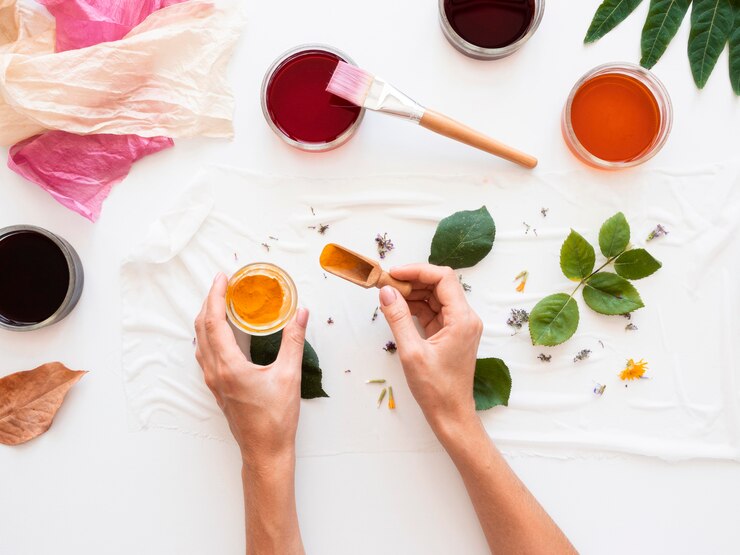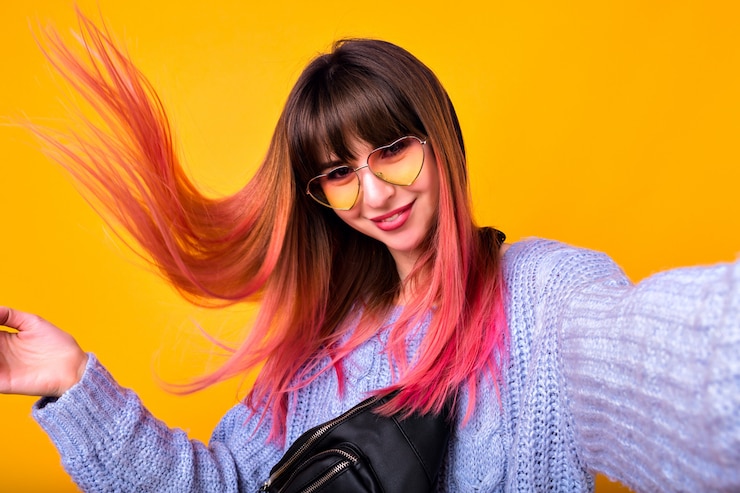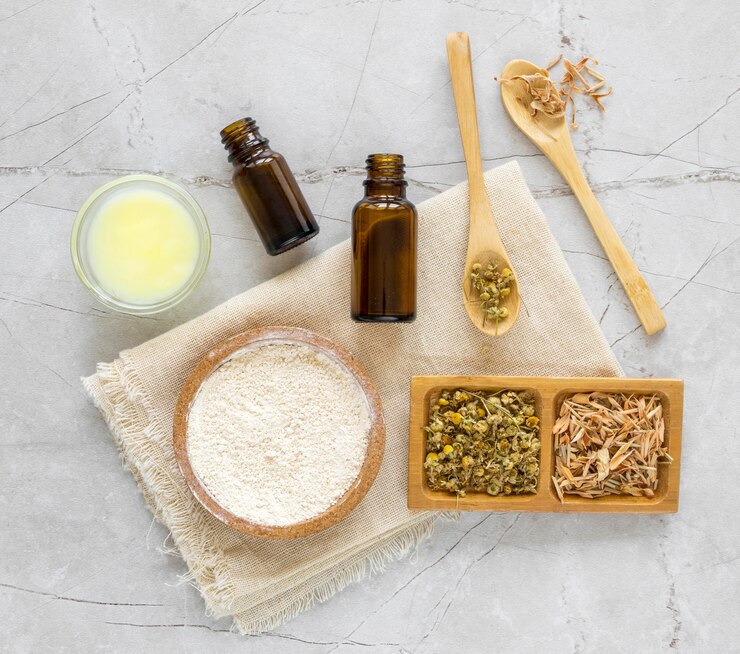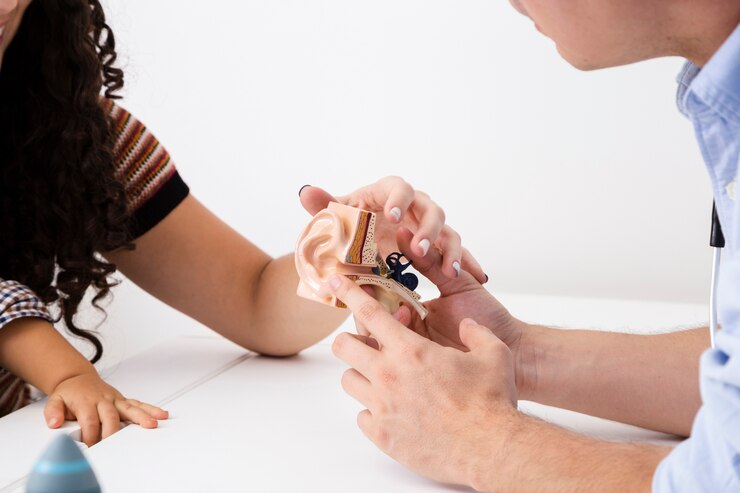
As a writer and author specializing in natural beauty and DIY recipes, I completely understand the appeal of handmade products. Platforms like Pinterest often make them look irresistibly appealing. Recently, I wrote about some important precautions to consider when using essential oils in your DIY creations. Building on that, I’d like to share some general rules to keep in mind when making any DIY beauty product.
Firstly, “natural” doesn’t automatically mean it’s suitable for you or your skin type. I learned this lesson the hard way while experimenting with what was supposed to be a miracle cinnamon face mask. Cinnamon, used for ages in various cultures, intrigued me especially after seeing numerous tutorials and blog posts praising its acne-fighting benefits. I mixed cinnamon, yogurt, and honey into a delightful smelling paste and spread it over my face, expecting amazing results. Unfortunately, my experience was anything but miraculous—I ended up with a face resembling a blotchy tomato.
Here’s what I learned: Just because it works for others doesn’t guarantee it will work for you. Natural ingredients can have side effects, so it’s crucial to consider your specific skin type. While yogurt and cinnamon might be beneficial for some, balancing oil and reducing inflammation, the combined exfoliating properties and stimulating effects were too harsh for my sensitive skin.
Even if DIY products aren’t eaten, they should be treated like food. Natural formulations tend to have shorter shelf lives compared to synthetic ones and are more prone to bacterial contamination, especially if made with tap water. Unfortunately, many DIY recipes found online don’t provide safe handling advice.
To prolong shelf life and ensure product safety, keep in mind the importance of storage conditions, moisture control, and avoiding bacterial introduction. Simple measures, like boiling tools and containers, using distilled water, avoiding direct contact with fingers, storing in cool, dark places, and incorporating natural antimicrobial ingredients like lavender essential oil or vitamin E, can make a big difference.
Do thorough research and apply best practices when creating beauty products. Rely on reputable sources and always test ingredients on your skin before trying out the latest trend.
Enjoy making your own products! DIY beauty activities can be extremely rewarding and provide a wonderful opportunity to integrate natural (and often edible) ingredients into your beauty regimen.
—
Hi Joy,
I’m on the hunt for a natural body wash for both myself and my husband. Do you have any recommendations?
Sue
—
Thank you for the great article! It’s easy to forget that even if something is natural, it might not be right for my skin. I learned this the hard way with face masks; pineapple, grapes, and avocado left my skin red and uncomfortably tingly.
Yes, it’s so true!


